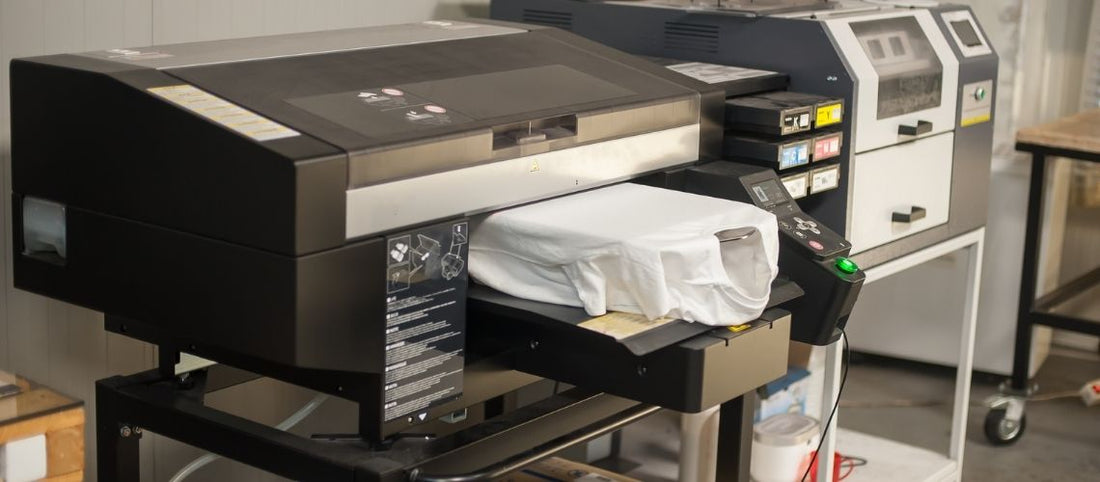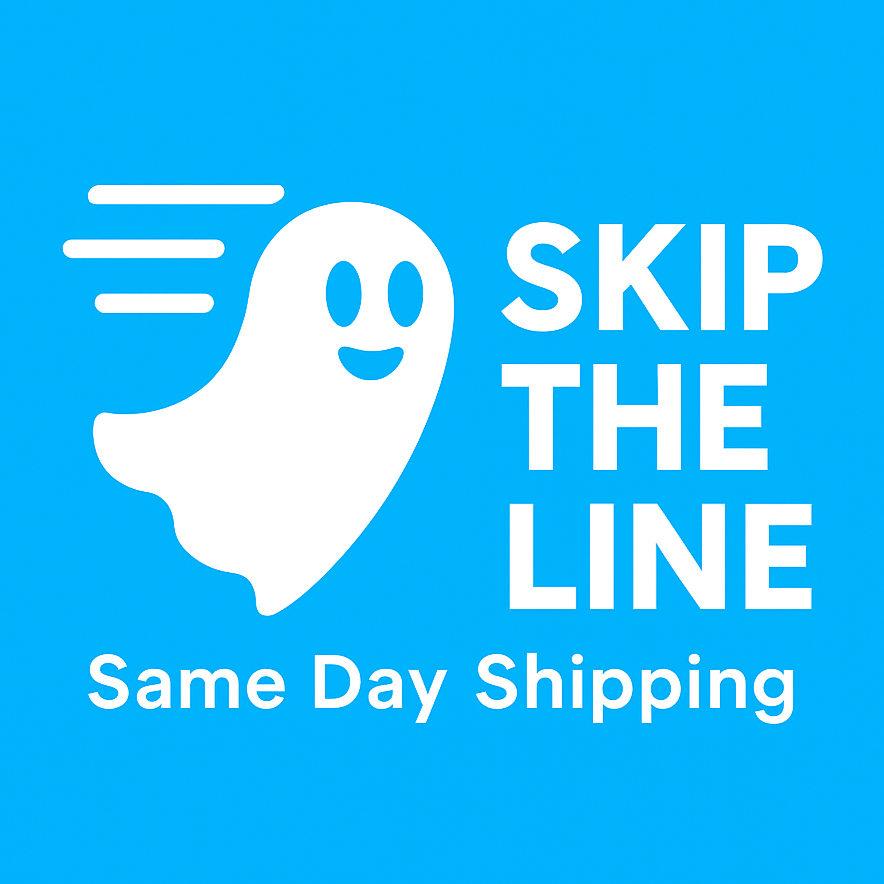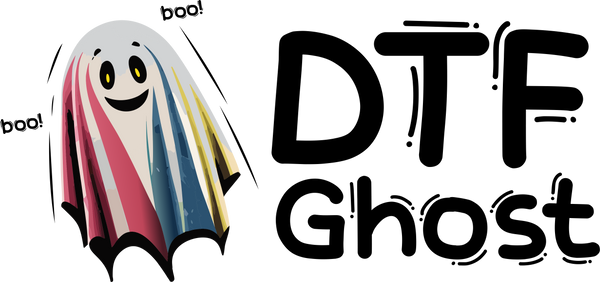Is DTF cheaper than screen printing?

Businesses and individuals often debate the cost-effectiveness of Direct to Film (DTF) versus screen printing. While screen printing has long been the standard for high-volume orders, DTF emerges as a compelling alternative for smaller batches. This is attributed to its elimination of the need for multiple screens, which screen printing requires for each color. Consequently, DTF offers a more streamlined and less labor-intensive process. Moreover, for those looking to produce vibrant designs with a multitude of colors on a limited number of items, DTF stands out as the more economical choice.
An Introduction to Direct To Film Printing Technology
This innovative approach enables the application of designs onto a special film. This inventive approach allows for the application of designs to a distinctive film. Then the pattern is printed onto different kinds of cloth, either cotton, polyester or a combination of the two. Notably, DTF printing stands out for its compatibility with white ink, facilitating the decoration of garments in any color. Moreover, it simplifies the process of applying intricate designs to textiles, offering a versatile alternative to traditional methods. Unlike conventional techniques, DTF does not discriminate based on the fabric's hue, ensuring a broad application spectrum. Additionally, the technique boasts a remarkable capacity for producing vibrant, high-quality images. These attributes collectively enhance its appeal, especially among those seeking efficiency and versatility in fabric printing.
How much does DTF printing cost?
Determining the cost of DTF (Direct to Film) printing requires understanding several crucial factors. Firstly, the design's size plays a significant role. Larger designs necessitate more materials and ink, thus increasing expenses. Secondly, the volume of the print run impacts the cost. Bulk orders often result in lower per-unit costs due to economies of scale. Furthermore, DTF printing stands out for its cost-competitiveness against alternative methods. Specifically, in scenarios involving full-color designs or limited print runs, DTF printing emerges as a particularly economical option.
To elaborate:
- Size of the design influences material and ink usage, directly affecting the cost.
- Volume of the print run can alter per-unit pricing, with larger quantities typically offering cost savings.
Ultimately, while costs can fluctuate based on these factors, DTF printing offers a competitive edge, especially for specific project requirements. Its ability to efficiently handle full-color outputs and smaller batches makes it a cost-effective solution in various printing scenarios.
Advantages of Direct to Film Printing
Direct to Film (DTF) printing emerges as a groundbreaking method, offering a slew of benefits that cater to the demands of the modern textile industry. Firstly, it provides unparalleled sharpness and a wide spectrum of vibrant colors, capturing the essence of any artwork with breathtaking clarity. Moreover, the process accepts various art formats with ease, streamlining the transition from design to production without the need for complex preparatory steps such as rasterization or color separation.
Notably, DTF printing shines across a diverse array of substrates and hues, including challenging materials like 100% cotton and black polyester, where traditional methods like sublimation falter. This versatility ensures that designers and manufacturers are not limited by the material choice and can deliver high-quality outputs on virtually any fabric.
In terms of production flexibility, DTF offers several pathways:
- Printing transfers for personal production
- Utilizing rubberized inks for enhanced durability
- Employing stretchy adhesives to ensure longevity
These options allow for customization and scalability, accommodating both small-scale projects and bulk orders with equal proficiency. The durability of DTF prints is another hallmark, with garments retaining their quality for 30-50 washes, aligning with industry standards. This wash fastness is attributed to the robust ink and adhesive formulations, which maintain the integrity and vibrancy of prints over time.
The simplicity of the DTF process cannot be overstated. Minimal artwork preparation is required, enabling a seamless transition from design to print. This user-friendly approach removes potential barriers for newcomers and streamlines operations for seasoned professionals.
Furthermore, DTF adeptly manages both CMYK and RGB color models, ensuring accurate color reproduction for any design. This color versatility, combined with the aforementioned benefits, positions DTF as a cost-effective alternative to traditional printing methods like screen printing, offering efficiency and quality without the hefty price tag.
Disadvantages of Direct to Film Printing
Venturing into DTF printing necessitates a hefty upfront investment, making it daunting for small entities or emerging ventures. The purchase of specialized apparatus and consumables erects a financial hurdle. Moreover, the need for periodic upkeep and an environment that is meticulously controlled adds to the operational expenditure, potentially requiring the allocation of dedicated personnel or specialized training. Furthermore, mastering the DTF technique is not instantaneous; it demands patience and practice. During the initial learning curve, production efficiency might not reach its zenith, affecting the overall throughput in the early stages. Additionally:
- DTF printing excels in producing an extensive color spectrum, including seamless gradients and blends.
- It struggles with the replication of specific hues, particularly those outside its color gamut, like fluorescents.
This limitation underscores the necessity for screen printing when precise color fidelity is imperative, illustrating that while DTF offers scalability and efficiency, it also presents distinct challenges and limitations that must be carefully weighed.

